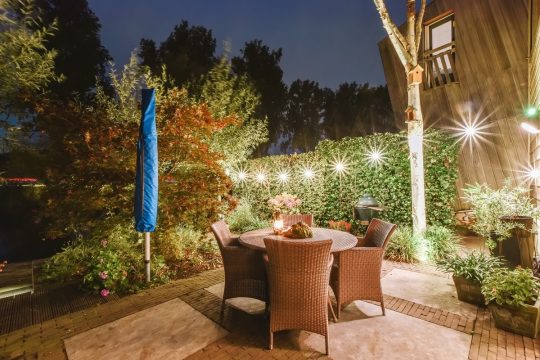Bulgaria is a crossroad since ancient times. In a literal sense .it is a place where lots of people and events met and took place, and also in a metaphorical – as a meeting point of different influences, cultures and traditions. And all this had an effect – not only to the richness and diversity of customs, traditions and culture, but also in the physical expression of all what we call culture. There is hardly any place in Bulgaria where you would begin excavation and wouldn’t find, say, a Thracian tomb, traces of some ancient funeral with all accompanying objects, or remains of ancient settlements. In Bulgaria there are whole towns that lie beneath the ruins of ancient settlements. And naturally the question arises – should we preserve, restore and keep these cultural layers at anycost, and should we transform our cities into historical and archaeological reserves? The truth is in the middle and other countries in similar situation have figured it .they retain the traces of history and weave them very skillfully into the modern look of the city. This should be happening in our country too, because the truth is that Bulgaria is rich above all in immovable cultural values. Huge part of those that were movable had been exported from the territory of the country during the Ottoman rule in order to be saved, and today our greatest cultural achievements are not at their home, but adorn some of the world.s most famous museums. So let us at least keep what we have and is still here with us.
Fortunately these days there are more and more initiatives and projects for the preservation of our cultural and historical heritage- for example the recently established Mizia Foundation by the publisher Svetoslav Kantardzhiev, which works to preserve the cultural values and historical heritage, and their exposal in our museums. But will this be enough? I think we all need to take responsibility for the legacy of our ancestors – at least to care about it and to take our kids more often in the museums and historical places to see it.
By the way, one of the objectives pursued by ?°Mizia?± Foundation is closely related to this – to institute a museum where not only to popularize, but also to restore objects of cultural and historical value. I hope that Svetoslav Kantardzhiev and all specialists involved in the foundation will be able to achieve it.



